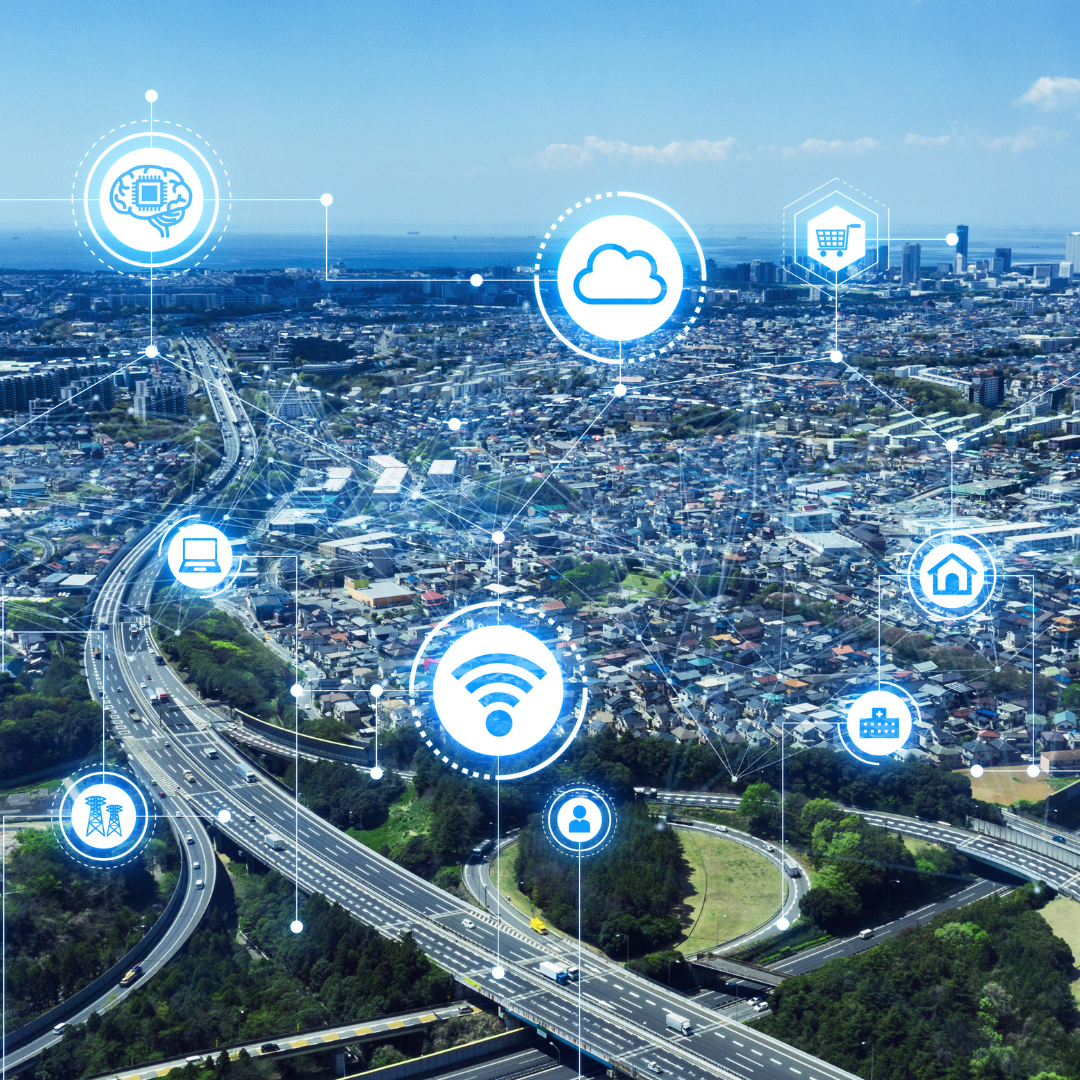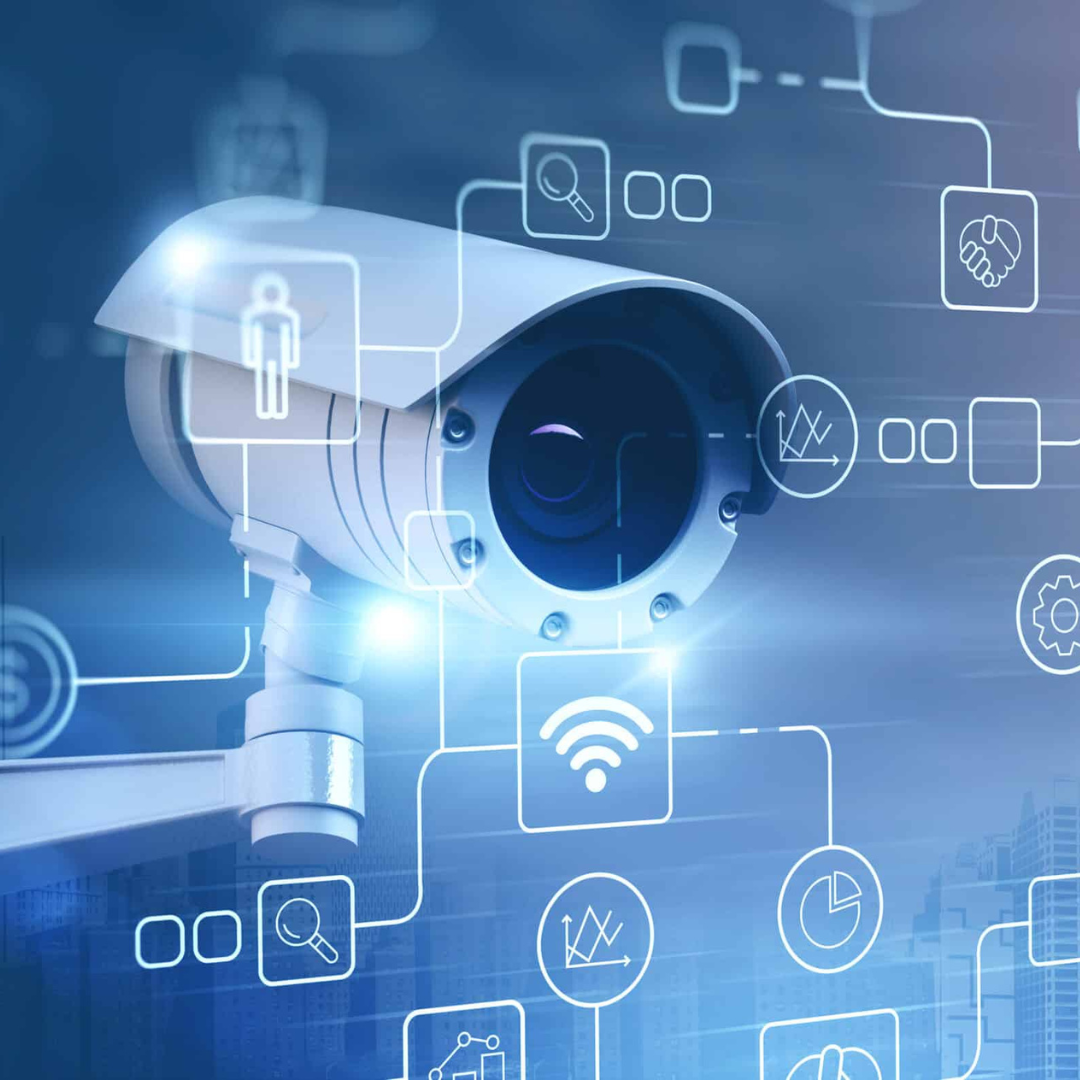Enhance Remote Working With These IT Solutions
2023-03-27 16:04:54

In recent years, remote working has become increasingly popular due to technological advancements and the need for businesses to adapt to changing work environments. However, with the rise of remote work comes the need for companies to ensure that their cyber security measures are compatible with their remote workforce. In this article, we will unpack what companies need to do to ensure that their cyber security is compatible with their remote workforce and what IoT technologies they can use to make remote working safe and to keep data protected.
In recent years, remote working has become increasingly popular due to technological advancements and the need for businesses to adapt to changing work environments. However, with the rise of remote work comes the need for companies to ensure that their cyber security measures are compatible with their remote workforce. In this article, we will unpack what companies need to do to ensure that their cyber security is compatible with their remote workforce and what IoT technologies they can use to make remote working safe and to keep data protected.
1. Develop a comprehensive cyber security policy
The first step that companies need to take to ensure that their remote workforce is secure is to develop a comprehensive cybersecurity policy. This policy should outline the measures that will be taken to protect the company's data and systems. It should cover topics such as password management, data encryption, and access control.
2. Implement multi-factor authentication
Multi-factor authentication is a security measure that requires users to provide more than one form of authentication before they can access a system or application. This can be something that the user knows, such as a password, something that the user has, such as a token or smart card, or something that the user is, such as a fingerprint or facial recognition.
3. Use a Virtual Private Network (VPN)
A Virtual Private Network (VPN) is a secure connection between a user's device and a company's network. This connection is encrypted, making it difficult for anyone to intercept and read the data that is being transmitted. By using a VPN, remote workers can access company resources securely.
4. Implement endpoint protection
Endpoint protection is a security solution that protects the endpoints, or devices, that connect to a company's network. This can include laptops, desktops, smartphones, and tablets. Endpoint protection solutions can detect and prevent malware, unauthorized access, and other threats.
5. Use IoT technologies for remote work
IoT technologies can be used to make remote work safer and more secure. For example, companies can use IoT devices to monitor their network and detect any unauthorized access attempts. They can also use IoT devices to monitor their physical premises, such as office buildings, and detect any suspicious activity.
6. Implement data encryption
Data encryption is the process of encoding data so that it can only be read by authorized users. This can be done using encryption software or hardware. By encrypting data, companies can protect sensitive information, such as financial data and customer information.
7. Educate Employees on Cybersecurity Best Practices
One of the most important steps companies can take to protect their remote workforce is to educate employees on cybersecurity best practices. This includes teaching employees how to identify and avoid phishing scams, how to securely store and transmit data, and how to recognize and report suspicious activity. By providing regular training and resources on cybersecurity, companies can help employees become more aware and better equipped to protect themselves and the company.
8. Implement Remote Monitoring and Management
Remote monitoring and management (RMM) is a software solution that allows companies to monitor and manage their remote workforce from a centralized location. RMM tools can provide real-time monitoring of employee devices, patch management, and antivirus updates. This can help ensure that all devices are up-to-date and secure, reducing the risk of cyberattacks.
9. Implement Data Backup and Recovery Solutions
Data backup and recovery solutions are essential for protecting against data loss due to cyberattacks, natural disasters, or human error. Companies should implement a backup solution that allows for regular backups of all critical data, as well as a recovery solution that can quickly restore data in the event of an incident.
In conclusion, remote work has brought about many benefits for companies and employees alike, but it has also introduced new cybersecurity risks. By implementing a strong password policy, using 2FA, utilizing VPNs, educating employees on best practices, and implementing RMM and backup solutions, companies can protect their remote workforce and data from cyberattacks. Companies need to take these steps seriously and make cybersecurity a top priority to ensure the safety of their remote workforce and data.
Speak to a Daisy IT specialist today for all your company IT needs.


